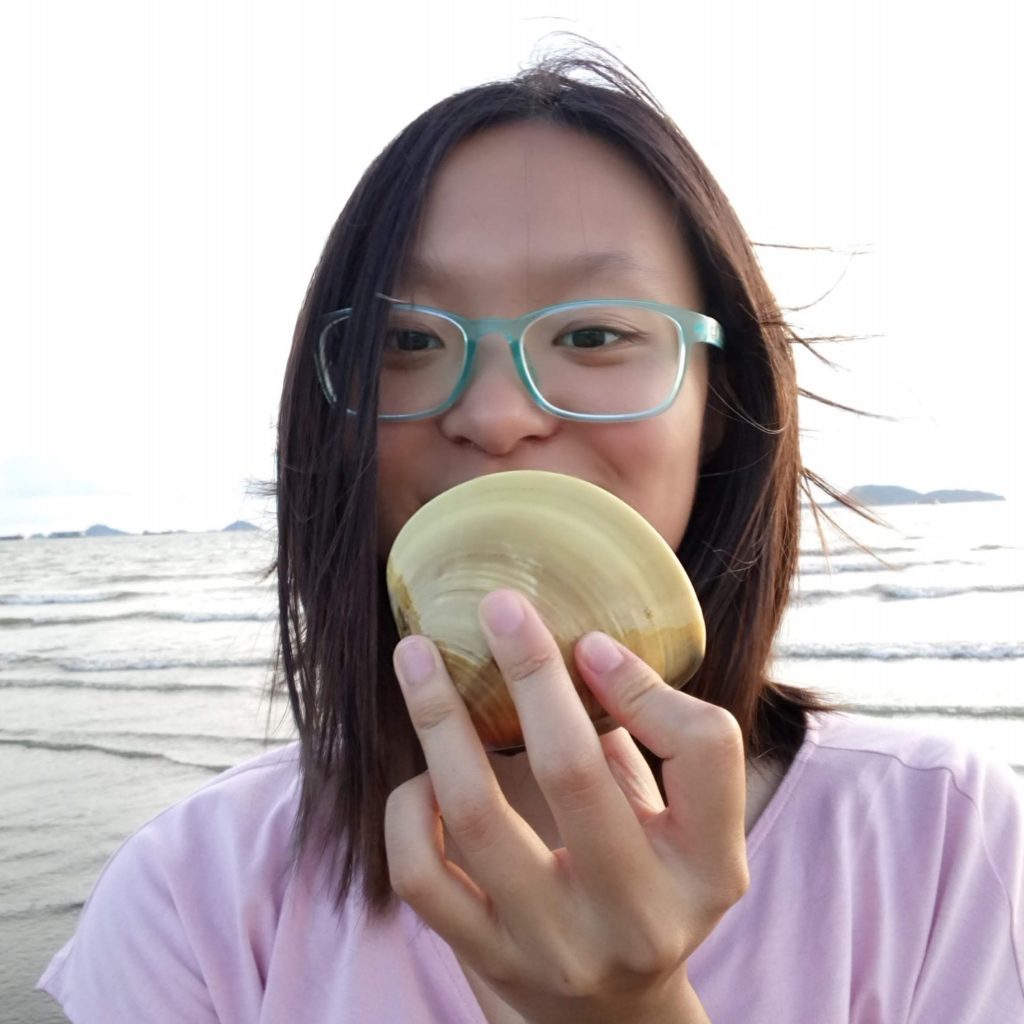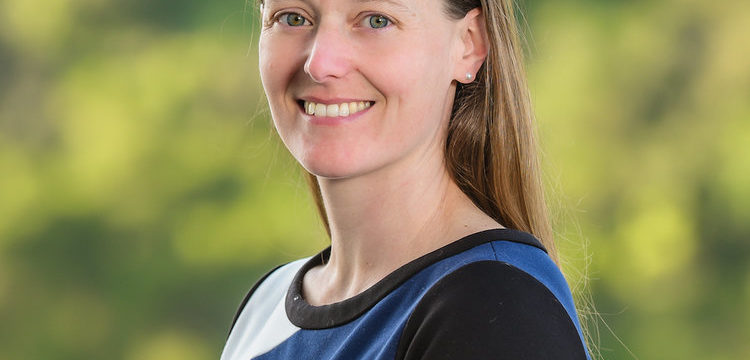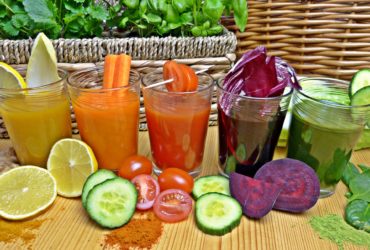By: Ming Yin Kwong
Body
Hi Lauran! It is a pleasure to meet you. Can you please introduce yourself?
L: My name is Lauran Madden and I am the Director of Research & Product Development at BlueNalu. My educational background is in Chemical Engineering, where I obtained a B.Sc. from Cornell University and a Ph.D. in Bioengineering from University of Washington. I have spent the last 10+ years focusing on cell-based technologies and 3D platforms to generate tissues from cells. At BlueNalu, we harness cell technologies and apply them to create sustainable solutions for seafood products.
I am also an avid baker and lover of food!
Why did you join BlueNalu and what is your favorite part of working for BlueNalu?
L: I joined BlueNalu because I have a strong desire to create solutions that are helpful to the world at large. As an engineer at heart, I am constantly trying to identify and solve problems.
Seafood supply is under increasing pressure from overfishing, pollution, and climate change and needs our help to maintain biodiversity while we continue to feed the world. With each technical milestone that the team achieves, I am increasingly proud of the work BlueNalu is doing to create a sustainable seafood supply chain. I am also happy to see positive feedback from people all around the world that are hungry for this type of positive change.
Thank you Lauran. Let’s talk a little more about cellular aquaculture. Cell-based aquaculture is relatively new, so not everybody is familiar with it (yet). Can you please tell us more about it? How does it work?
L: Cellular aquaculture is the process of taking cells derived from the seafood species of interest and growing them to generate real seafood products with the same sensory experience and nutritional value of traditional seafood products. We harness the innate ability of cells to generate specific cell types, such as muscle or fat, in a controlled environment that is not susceptible to environmental challenges such as mercury or other toxins.
I see! Since you are working with cells, is it difficult to achieve the mouthfeel and texture of a traditional fish fillet?
L: Creating cell-based fish pieces that have the right consistency and mouthfeel in the raw and cooked form is a significant technical milestone, and a testament to our team that includes experts in not only cell biology but also culinary science.
BlueNalu develops cell lines for each key component – muscle, fat, and connective tissue – so we can optimize content for both nutrition as well as sensory performance. BlueNalu partners with experts in the field on sensory analysis and culinary applications to ensure our products will meet consumer expectations.
What kind of fish do BlueNalu currently offer and what other species are you working on?
L: BlueNalu has a library of several fish species including yellowtail, red snapper, mahi mahi, and tuna. We will continue to add species based on internal selection criteria that prioritizes those that are overfished, imported, difficult to farm or have significant health risks such as mercury.

https://www.bluenalu.com/pr-121719images
I know sustainability is a big goal of BlueNalu. Why are BlueNalu’s cell-based products more sustainable when compared to the conventional farmed ones?
L: Intuitively, we believe we offer substantial sustainability benefits, as we produce edible portion fillets that are 100% yield with no bones, tails, heads or scales. Not only does it taste the same as conventional seafood, but it will also be produced close to the intended consumer market, in order to preserve the freshness and create a local supply of sustainable seafood that will support local jobs.
Currently, seafood is subject to bycatch, spoilage, and food waste throughout the value chain. These products will often travel thousands of miles before it gets to your favorite restaurant, and then the chef may only utilize 40-60% of the fish, depending on the yield of the fish, while unused parts are often tossed.
Are your products non-GMO?
L: BlueNalu uses a non-GMO process to develop cell lines and to scale up and manufacture its products. We are also interested in working with FDA and various third-party auditors to verify and possibly include a non-GMO labeling claim on our product as we get closer to commercialization.
Although I am eager to try BlueNalu’s products, I also know that consumers can be skeptical toward cell-based products. What are your views on this?
L: BlueNalu has conducted market research with various chefs and restaurant groups and we found there is incredible interest and anticipation for our products based on potential benefits with respect to sustainability, reducing stress on fish stocks, and supporting human health. Chefs are also excited that our product is predictable and consistent throughout the year, because it is not subject to seasonality.
I have seen pictures of BlueNalu’s products and honestly, they all look so delicious and hold together well during cooking. Was it difficult to achieve this? How do you keep the cells from fall apart during cooking?
L: One of the biggest challenges is to make a product that handles and cooks like conventional seafood. BlueNalu did just that and demonstrated this with yellowtail amberjack in December 2019. Our chef demonstrated that our cell-based yellowtail can be prepared in various ways, including deep frying and acidification such as in a poke or ceviche application.
Forming products with the same cell density as conventional products is a challenge that we had to overcome. To achieve this, we use a very high cell density and encourage the cells to stay together by providing the correct nutritional support.

https://www.bluenalu.com/pr-121719images
Since cellular aquaculture is such a novel field, I am sure there are many challenges that your team has to overcome. Can you share some with us?
L: There are many challenges in making cell-based seafood, and BlueNalu’s R&D team was able to overcome many of them to date.
To start, there were no fish muscle cell lines available worldwide when BlueNalu began operations in June 2018. As all of our products are non-GMO, we not only had to develop new cell isolation methods and proliferation protocols, but also stable cell lines without genetic engineering which was a significant technology accomplishment.
For us Food Science nerds who are curious about the cell-based process, can you explain the process in more detail? I know that you use enzymes to treat the cells isolated from fish samples. What is the purpose of the enzymes?
L: BlueNalu uses precursor cells derived from fish muscle or fat that are predetermined to become the cell type of interest. The first step in generating cell lines is obtaining single cells from tissue samples.
Meat is simply a well-organized mixture of multiple cell types which could be interconnected by cell-cell junctions as well as cell-matrix interactions. To remove single cells from the tissue, typically, enzymes are used to break the various connections.
These enzymes are naturally occurring in a wide variety of species and include items such as collagenase that degrades various collagens or trypsin that cleaves peptides at specific sequence sites.
Since I am a PhD student, all my colleagues are using more traditional cell culture medias that are not classified as food grade. This is why I am so fascinated by BlueNalu’s products. Can you share a little bit of information on the cell culture media you used?
L: It is true that standard cell culture medias used in academic settings contain items such as fetal bovine serum (FBS), antibiotics, or small molecules that are not allowable for use in foods. Using a food-grade and animal-component free media was a goal of BlueNalu from the outset of the company and in line with overall sustainability goals.
While this was initially a big challenge, we have learned that the nutritional requirements of finfish can be provided without the use of FBS and instead, use components that are in existing foods such as amino acids, sugars, fats, and salts.
Another key issue with existing media is the overall high cost. Through internal innovation as well as partnerships in foo- grade supply chains, we are able to produce media at a significantly reduced price as we aim to produce seafood at costs that will allow mass-market adoption.
Thank you so much for sharing your expertise with us today. Before we end this session, can you give some advice to any food scientists interested in joining BlueNalu? What qualities are you looking for in a promising candidate?
L: BlueNalu is at the intersection of food and technology, similar to many new food products such as plant-based burgers or molecular gastronomy. We look for candidates that are both technically skilled as well as motivated to innovate and solve big problems.
In product development, we apply many aspects of food science such as sensory analysis (such as taste and texture), culinary applications, nutritional analysis, food processing techniques, and of course, controls for product safety and quality.
No matter the skillset, it is important to keep an eye on the overall goal and work towards achieving the vision of cell-based seafood products that are great tasting, healthy for people, humane for sea life and sustainable for our planet.

Ming Yin Kwong | Linkedin
SMF Blog Writer
Ming graduated with her B.S. in Chemistry at University of California, Davis. Internship opportunities with Mi Rancho and UC Davis Olive Center made her realized her passion for Food Science. She decided to stay at UC Davis for her Ph.D. in Food Science, with a research focus on tea chemistry. When she is not crushing tea leaves or developing HPLC methods in the laboratory, Ming enjoys working out to balance the extra calories that she consumes, traveling with friends and family, watching cooking shows, and playing video games.






It was a really good interview, thank you.